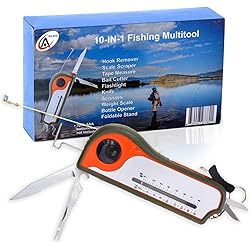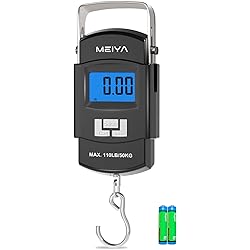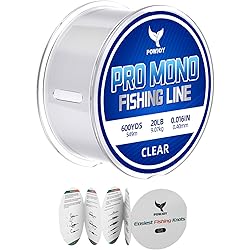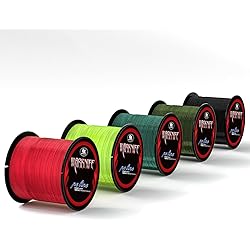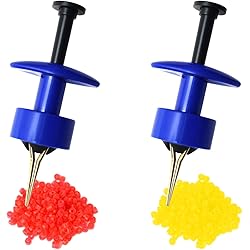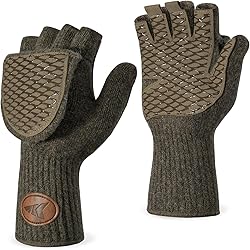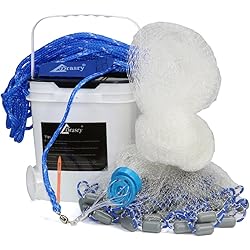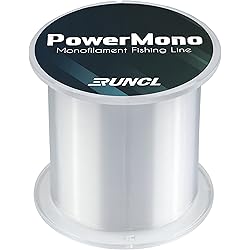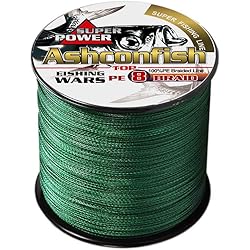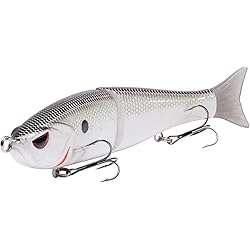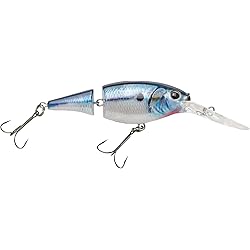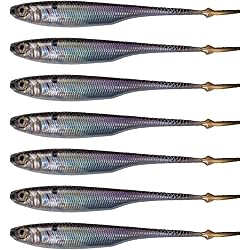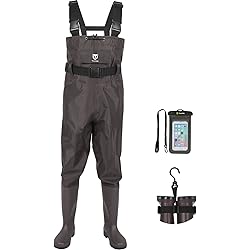The Top 10 Devices That Every Underwater Explorer Needs, The underwater environment has enthralled adventurers, scientists, and fans for millennia due to its attraction.
The undersea world provides countless chances for exploration and discovery, from the colorful coral reefs teaming with marine life to the enigmatic depths of the ocean trenches.
To guarantee safety, effectiveness, and success, venturing into this intriguing world calls for more than just a spirit of adventure—it also calls for the appropriate gear. These ten gadgets are essential for any underwater adventurer.
To ensure safe and effective dives, a top-notch dive computer is crucial for tracking depth, time, and decompression status.
A full-face mask with integrated communication devices enables clear underwater communication, enhancing safety and coordination.
A reliable dive light is also essential for signaling in an emergency and lighting up the dark underwater area.
An underwater camera is an essential tool for documentation, as it captures the magnificent beauty of underwater scenes and marine life. Wearing a drysuit or wetsuit provides thermal protection and comfort in a variety of water temperatures.
Full Face Dive Mask Support Diving & Snorkeling
With the assistance of an underwater drone, divers can conduct reconnaissance and take pictures without having to come into contact with the environment.
A “compass” or “underwater GPS” device is essential for navigating and keeping one’s orientation. A “dive knife” is a multifunctional instrument for both practical and safety applications.
Last but not least, a surface marker buoy (SMB) improves safety by indicating the diver’s location and ensuring visibility to boats and other divers. With these gadgets at their disposal, scuba divers may confidently set out on their expeditions.
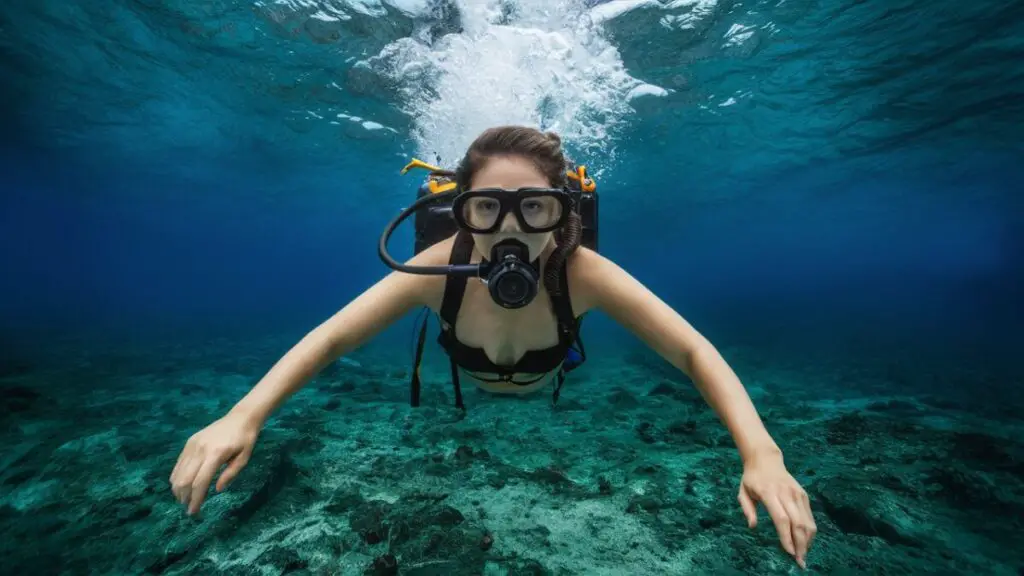
1. Diving Mask
A diving mask is a necessary piece of gear for anyone venturing underwater. By forming an area of air in front of their eyes, it enables divers to see well underwater.
Modern diving masks incorporate numerous features like tempered glass lenses, anti-fog coatings, and purge valves for effortless water removal.
Furthermore, many masks have “wide field of view” lenses to improve peripheral vision and “adjustable straps” for a snug fit.
For people who require vision correction, certain sophisticated versions also come with integrated snorkels and prescription lenses.
The mask’s silicone skirt ensures a snug and comfortable fit, and low-volume designs facilitate simpler pressure equalization during descents.
There are masks with camera mounts for photographers and videographers to capture amazing underwater footage.
In general, a well-chosen diving mask improves the experience of diving in terms of comfort, safety, and enjoyment.
Key Features:
- Tempered Glass Lenses: These provide durability and clear vision.
- Silicone Skirt: Ensures a snug and comfortable fit, preventing water leakage.
- Low Volume: Makes it easier to clear and reduces buoyancy.
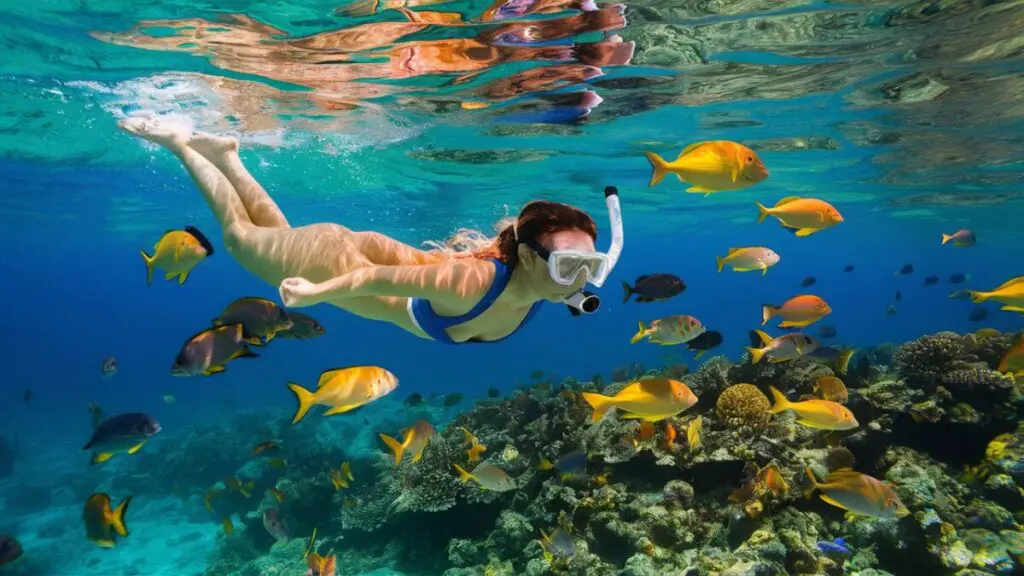
2. Snorkel
A snorkel enables you to breathe while swimming face-down on the surface, while a diving mask aids with underwater vision.
This is an essential tool for surface swimming because it helps you preserve air in your tank and enjoy the beauty of shallow seas without going too deep.
Snorkeling provides a distinct viewpoint from deep diving and is an excellent way to observe marine species in their natural habitat.
The snorkel typically consists of a rubber or plastic tube, equipped with a purge valve to eliminate any potential water intrusion.
It’s crucial to make sure the mouthpiece fits properly and is comfortable while using a snorkel so that breathing is easy.
Snorkeling is a popular family and group activity since it’s fun for individuals of all ages and ability levels.
With no equipment or training needed, it’s a simple and safe method to explore the underwater environment. It also provides an opportunity to get up close and personal with colorful fish, beautiful coral reefs, and other marine life.
Apart from its recreational benefits, snorkeling may be an important diving technique because it enables divers to save oxygen and navigate effectively on the surface both before and after a dive. When combined with “snorkeling,” the underwater experience is more fun and varied.
Key Features:
- Purge Valve: Allows for easy clearing of water.
- Flexible Tube: Ensures comfort and proper fit.
- Splash Guard: Prevents water from entering the tube.
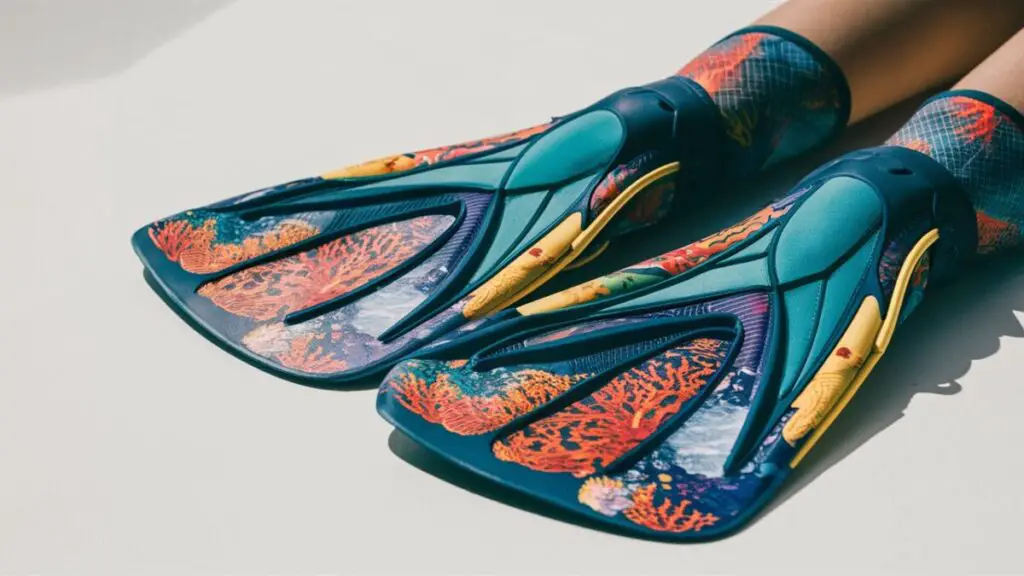
3. Fins
Fins are another important tool for underwater explorers. Thanks to their improved mobility, divers can move efficiently through the water with minimal effort.
Properly fitting fins can significantly enhance your diving experience. While choosing fins, you must consider various factors such as the stiffness of the fin blades for propulsion, the comfort of the foot pocket for extended dives, and the durability of the material to ensure longevity in a variety of aquatic conditions.
Adjustable straps provide a secure fit, avoiding pain or slipping during diving. Selecting fins with channeling technology increases propulsion efficiency by enhancing the water flow around the blade.
Popular for lowering resistance and weariness, split fins are perfect for extended swims. For regular travelers, the lightweight durability of the carbon fiber fins is ideal.
When selecting fins, **take into account the diving environment open-heel designs accommodate boots for cold-water exploration, while full-foot designs are appropriate for warm-water diving.
Proper maintenance, such as washing and storing them in a cool, dry location after each usage, can increase the longevity of your fins. In the end, the correct fins maximize comfort and performance, ensuring that every dive is an unforgettable experience in the underwater world.
Key Features:
- Open Heel vs. Full Foot: Open heel fins are adjustable and can be worn with booties, making them suitable for cold water, while full foot fins are lighter and often used in warm water.
- Blade Design: Various designs are available for different types of diving, such as split fins for reduced effort or paddle fins for more power.
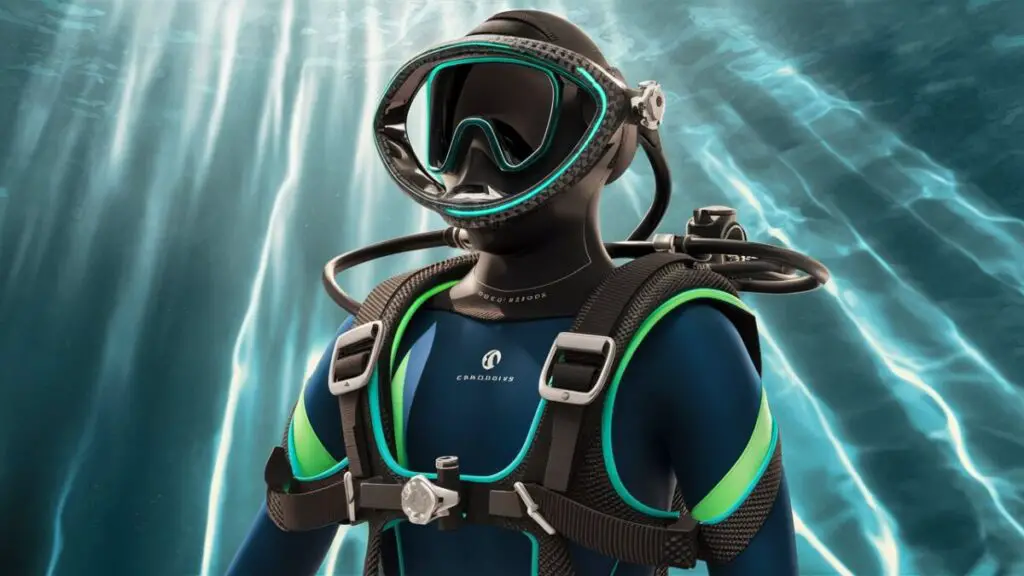
4. Buoyancy Control Device (BCD)
To maintain neutral buoyancy underwater, a buoyancy control device (BCD) is essential. It makes it easy for divers to climb, descend, or hover at the chosen depth.
Additionally, attaching the tank and other necessary gear is done using BCDs as the primary harness. This adaptable piece of gear has an inflatable bladder that can be inflated or deflated using an integrated mechanism linked to the diver’s air supply.
Divers may smoothly climb towards the surface by increasing their buoyancy by adding air to their BCD. On the other hand, letting go of air in the BCD makes descents more controllable by lowering buoyancy.
Probably the most delicate skill made possible by a BCD is hoovering, which enables divers to maintain a precise depth without falling or drifting upward.
Reaching “neutral buoyancy” reduces effort and saves energy, improving safety and extending dive durations. With ergonomic considerations in mind, modern BCDs are made to be comfortable and flexible underwater.
Usually equipped with adjustable straps and quick-release mechanisms, they allow divers to quickly adapt to changing circumstances and achieve a bespoke fit.
Moreover, BCDs have “emergency release valves, which quickly release air in the event of an over-inflation, protecting divers.
Divers may monitor both air usage and depth at the same time through their integration with dive computers, increasing efficiency.
To put it simply, a carefully selected BCD is essential for improving control and stability underwater, as well as making diving more enjoyable overall.
Key Features:
- Integrated Weights: Helps reduce the need for a separate weight belt.
- Lift Capacity: Determines the amount of buoyancy the BCD can provide.
- D-rings and Pockets: Useful for attaching accessories and storing small items.

5. Regulator
Any scuba diver’s lifeline is the regulator, which transforms the high-pressure air from the tank into ambient-pressure breathing air. The regulator consists of a mouthpiece for the second stage and a fixed first stage for the tank.
The first step involves lowering the air pressure in the tank from a high pressure of approximately 3000 psi or more to an intermediate pressure of approximately 140 psi.
After that, a hose carries the intermediate pressure to the second stage. When the diver inhales, the demand valve, also known as the second stage, lowers the pressure even further to match the surrounding water pressure, enabling them to breathe comfortably underwater.
Together, the two phases distribute air effectively and consistently, which is essential for sustaining respiratory processes at different depths.
In order to guarantee safety and comfort of breathing during the dive, modern regulators frequently have extra features like pressure gauges, octopuses as alternative air sources, and systems to restrict free flow.
A cornerstone of scuba diving equipment, the regulator requires proper maintenance and routine service to maintain its dependability.
Key Features:
- Balanced vs. Unbalanced: Balanced regulators provide consistent airflow regardless of depth or tank pressure.
- Environmental Sealing: Protects the internal components from contaminants and freezing.
- Adjustable Second Stage: Allows divers to fine-tune the breathing resistance.
The Top 10 Devices That Every Underwater Explorer Needs
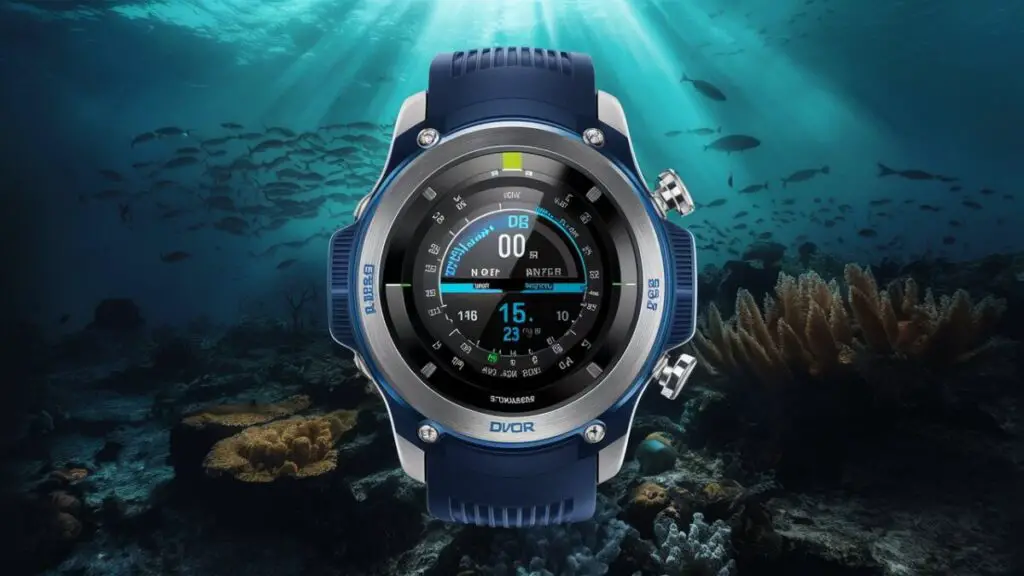
6. Dive Computer
A dive computer is an advanced gadget that provides real-time tracking of your decompression status, ascent rate, depth, and bottom time. It is a vital instrument to guarantee safe diving procedures and prevent decompression sickness.
The dive computer continuously monitors these factors to determine the remaining no-stop time based on the diver’s current nitrogen uptake.
By managing their underwater time, divers may avoid going above acceptable exposure limits with the use of this information.
The measurement of depth is important because it determines how much nitrogen is absorbed by tissues, which affects the amount of decompression needed.
By warning divers when they are getting close to the maximum safe exposure limits, the bottom time function encourages effective dives within advised bounds.
By enabling nitrogen to safely off-gas, ascent rate monitoring provides a steady climb and lowers the danger of decompression disease.
Additionally, the decompression status indicator provides crucial information about any required decompression pauses, ensuring a safe and injury-free climb.
For technical diving, certain sophisticated versions could additionally include features like compasses, air integration, and compatibility with diverse gas mixes.
In general, dive computers improve safety by giving divers access to real-time data, which enables them to make wise decisions, enjoy longer, safer dives, and reduce the hazards brought on by variations in underwater pressure.
Key Features:
- Nitrox Compatibility: Allows for dives using enriched air mixtures.
- Digital Compass: Assists with underwater navigation.
- User-Friendly Interface: Ensures easy readability and operation, even underwater.
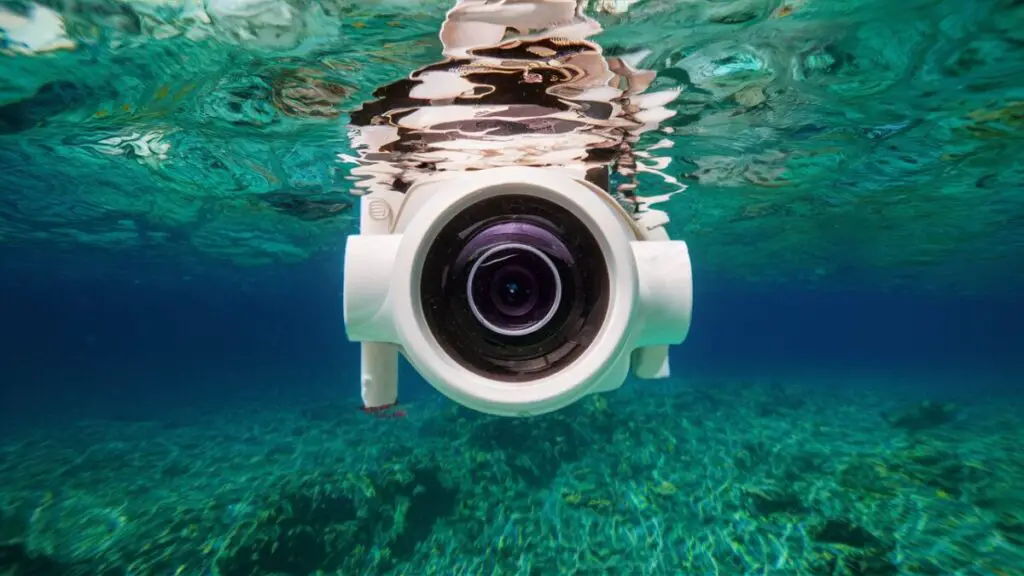
7. Underwater Camera
A trustworthy underwater camera is necessary to capture the captivating beauty of the underwater environment.
An underwater camera may capture the amazing clarity and detail of your underwater activities, whether for scientific research or personal memories.
Underwater cameras, designed to withstand the demands and environmental factors of the aquatic environment, perform flawlessly below the surface.
Underwater cameras are essential for scientific documentation because they capture marine life’s behaviors, coral reef conditions, and underwater ecosystems.
They allow scientists to conduct in-depth studies of aquatic ecosystems, collect information that advances our knowledge of marine biology, and support environmental conservation initiatives.
From a personal perspective, an underwater camera helps divers relive and share their experiences with others by preserving priceless memories of diving adventures.
Whether you’re exploring colorful coral reefs, witnessing magnificent marine life, or simply enjoying the tranquility of underwater scenery, these cameras capture moments that you might otherwise forget.
Sophisticated functionalities of contemporary underwater cameras include crisp, high-definition video capture, modifiable white balance for precise color replication, and lightweight constructions for effortless mobility.
Divers of all skill levels may use them to record their underwater adventures with high-quality photos and films, which enhances the diving experience and helps people appreciate the ocean’s natural beauty even more.
Key Features:
- Depth Rating: Indicates how deep the camera can go without leaking.
- Image Stabilization: Helps produce clear images despite movement.
- Manual Controls: Allows for adjustments in exposure, focus, and other settings to suit underwater conditions.
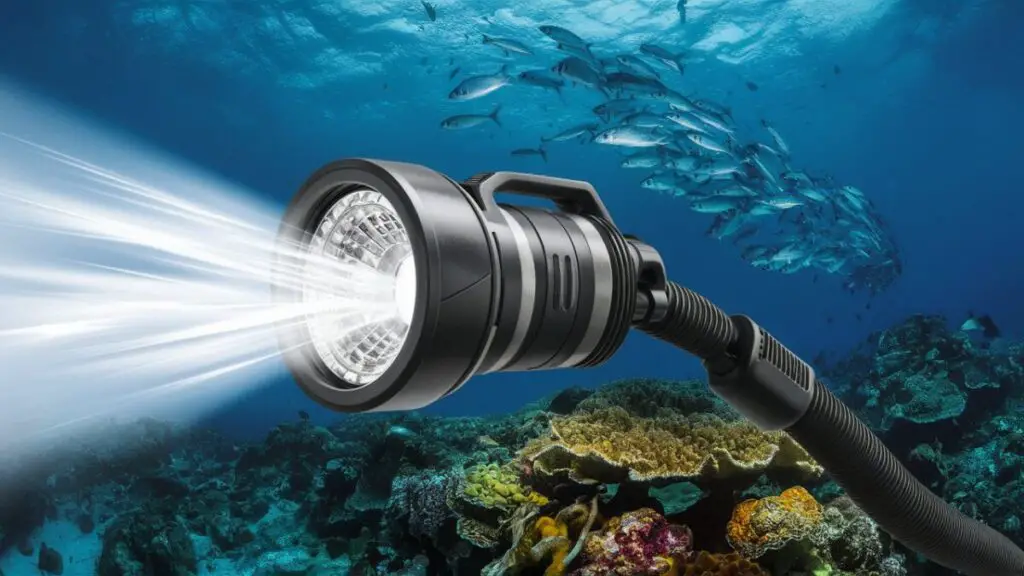
8. Dive Light
A dive light may be very useful for night diving or for discovering nooks and wrecks even during daytime dives.
By illuminating the vivid colors and minute details sometimes lost in the low underwater light, it improves vision and reveals the subtleties of marine life and underwater structures.
Diving lights are especially useful for night diving since they cut through the darkness, making it possible for divers to maneuver and see nocturnal animals that come out after dusk.
These lights let divers notice possible risks and retain situational awareness in low light, which enhances safety in addition to helping them locate marine life.
Divers use dive lights for more than just enhancing visibility during day dives. They can draw attention to certain focal points, such as tiny marine life concealed in coral formations or the exquisite textures of objects submerged in water.
Divers can fully appreciate the beauty and complexity of the underwater world with this illumination, enhancing the overall diving experience.
Modern dive lights are made to be strong and waterproof, and they frequently include adjustable brightness levels and beam angles to accommodate varying diving situations and tastes.
Scientific research, underwater photography, and recreational diving all depend on a reliable dive light as an essential piece of gear. It improves safety, enjoyment, and the capacity to record breathtaking underwater moments.
Key Features:
- Lumen Output: Determines the brightness of the light.
- Beam Angle: A narrow beam is ideal for long-range spotting, while a wide beam is better for general illumination.
- Battery Life: Ensures the light lasts throughout your dive.

9. Surface Marker Buoy (SMB)
Boats and other surface traffic use a Surface Marker Buoy (SMB) as safety equipment to signal distress and provide a diver’s position. It is an essential safety precaution during an ascent.
An SMB at the surface signals the location of divers to nearby boats and vessels, ensuring their safety and reducing the likelihood of unintentional accidents as they ascend.
When a diver becomes lost at sea or needs immediate assistance, an SMB can effectively communicate their distress.
Divers can expedite rescue efforts by precisely notifying surface support personnel of their location by launching the buoy and attaching it to a reel or line.
SMBs are useful not just for safety, but also for organizing group dives, facilitating navigation, and designating certain dive locations or underwater objects of interest.
Their vivid hues and frequently shiny surfaces improve visibility, particularly in poor light or from a distance, guaranteeing simple communication between surface workers and divers.
SMBs of today come in a range of shapes and sizes, from straightforward inflatable buoys to intricate ones with built-in lights or signaling systems.
Because of their adaptability and dependability, SMBs are essential tools for improving diver safety, communication, and overall diving experience in a variety of underwater situations.
Key Features:
- Closed vs. Open Cell: Closed cell SMBs remain inflated at the surface, while open cell SMBs are easier to inflate but can deflate if not managed properly.
- High Visibility: Bright colors ensure the buoy is easily seen from a distance.
- Integrated Reel: Allows for easy deployment and retrieval.
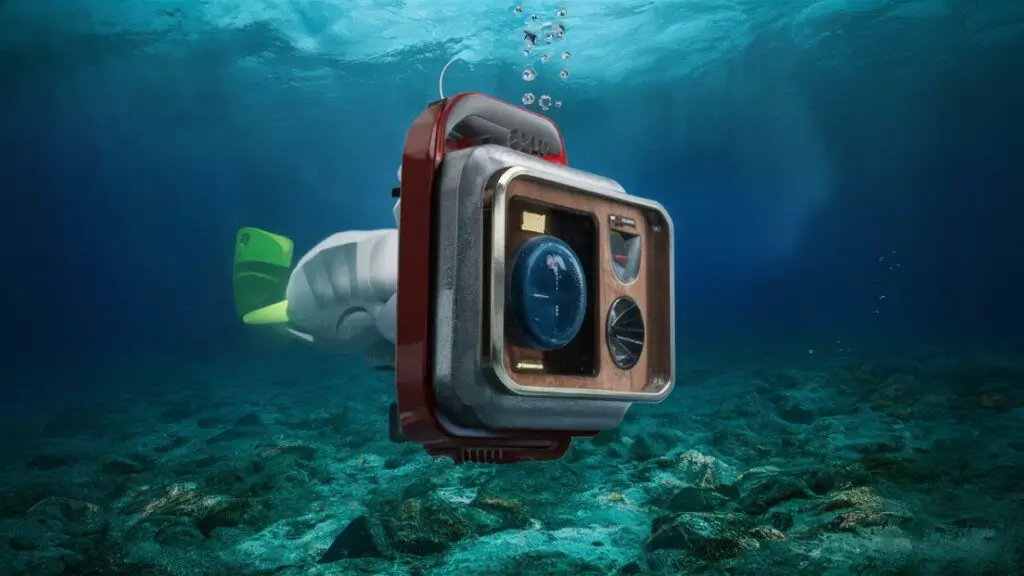
10. Underwater Communication Device
During dives, coordination and safety depend heavily on effective communication.
Underwater communication gear, such as hand-held transceivers or full-face masks with communication modules, enables clear and direct contact between divers and surface support teams.
Divers can instantly communicate vital information in real time using these gadgets, such as dive plans, air supply conditions, or emergency scenarios.
Communication equipment integrated into full-face masks enables hands-free communication without interfering with the diver’s normal breathing pattern.
These systems include microphones and earbuds. This configuration improves use and comfort, particularly in difficult diving situations where verbal communication is crucial.
Hand-held transceivers, on the other hand, provide a convenient means of communication that enables divers to stay in touch with other members of their team or the surface during the dive.
These gadgets usually function on certain frequencies or channels, guaranteeing dependable communication even in submerged settings where sound transmission might be difficult.
Clear communication improves safety by allowing divers to plan their movements, exchange observations about underwater objects or marine life, and respond quickly to crises or changing circumstances.
It also promotes collaboration and improves the entire diving experience by facilitating effective navigation and ensuring that divers feel supported and linked during their underwater adventures.
Key Features:
- Range: Determines how far the signal can travel underwater.
- Clarity: Ensures clear transmission of messages.
- Ease of Use: Allows for hands-free operation and minimal interference with other tasks.

Conclusion
Underwater exploration is a thrilling and enlightening experience, but you need the proper equipment to guarantee safety and maximize the pleasure.
Every piece of equipment, from the most basic (masks, snorkels, and fins) to the most sophisticated (dive computers and underwater communication gadgets), is critical to the success and enjoyment of your dive.
Purchasing dependable, high-quality equipment that fits your demands can not only improve your underwater experience but also guarantee your safety and well-being while you dive.
These top 10 gadgets are essential for any underwater adventurer, regardless of experience level.
Hooked on Tech: Exploring the latest Fishing Gadgets that Anglers swear by.
In the realm of angling, where tradition and technology often converge, a new wave of fishing gadgets has emerged, transforming the way anglers approach their craft.
From advanced fish finders to smart bait systems, these innovations have not only revolutionized the fishing experience but have also garnered a loyal following among anglers worldwide.
PLUSINNO Floating Fishing Net for Steelhead, Salmon, Fly, Kayak, Catfish, Bass, Trout Fishing, Rubber Coated Landing Net for Easy Catch & Release, Compact & Foldable for Easy Transportation & Storage
$43.99 (as of October 30, 2025 23:12 GMT +00:00 – More infoProduct prices and availability are accurate as of the date/time indicated and are subject to change. Any price and availability information displayed on [relevant Amazon Site(s), as applicable] at the time of purchase will apply to the purchase of this product.)Fisherman Gift Tool Fishing Multitool – Hook Remover, Scale Scraper, Tape Measure, Bait Cutter, Flashlight, Knife, Scissors, Weight Scale, Bottle Opener, Gift Idea for Men Women Kids
$29.59 (as of October 31, 2025 06:59 GMT +00:00 – More infoProduct prices and availability are accurate as of the date/time indicated and are subject to change. Any price and availability information displayed on [relevant Amazon Site(s), as applicable] at the time of purchase will apply to the purchase of this product.)MEIYA Fish Scale 110lb/50kg Digital Fishing Scale with Backlit LCD, Portable Handle, Stainless Steel Hook & 2 AAA Batteries – Reliable Fishing Gear & Great Fishing Gifts for Men
$7.99 (as of October 31, 2025 00:41 GMT +00:00 – More infoProduct prices and availability are accurate as of the date/time indicated and are subject to change. Any price and availability information displayed on [relevant Amazon Site(s), as applicable] at the time of purchase will apply to the purchase of this product.)POWJOY Strong Yet Thin Monofilament Fishing Line with Snap Ring and No Tangle, Premium Nylon Mono String for Big Fish in Saltwater Freshwater, 20 30 50 80 lb, Clear red Green Yellow Blue, Knot Cards
$10.98 (as of October 31, 2025 17:57 GMT +00:00 – More infoProduct prices and availability are accurate as of the date/time indicated and are subject to change. Any price and availability information displayed on [relevant Amazon Site(s), as applicable] at the time of purchase will apply to the purchase of this product.)Warknife 8 Strands Braided Fishing Line, 100M-300M-500M-1000M/109/328/547/1093Yards 6LB-300LB Super Strong Wear-Resistant Tensile Strength Small Diameter Fishing Wire, Multiple Colors…
Now retrieving the price.
(as of October 31, 2025 00:41 GMT +00:00 – More infoProduct prices and availability are accurate as of the date/time indicated and are subject to change. Any price and availability information displayed on [relevant Amazon Site(s), as applicable] at the time of purchase will apply to the purchase of this product.)



